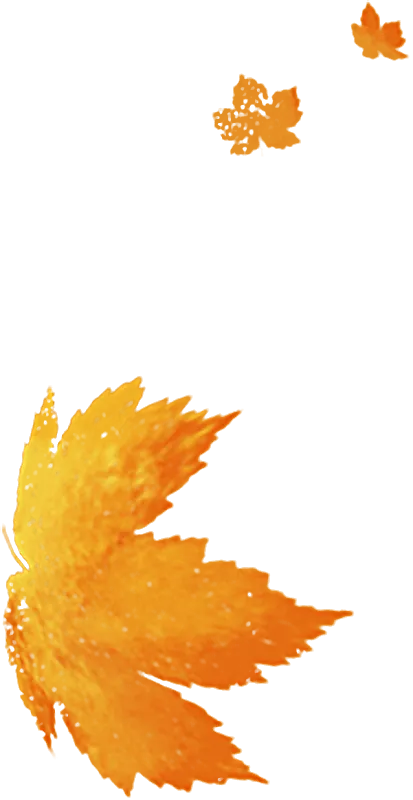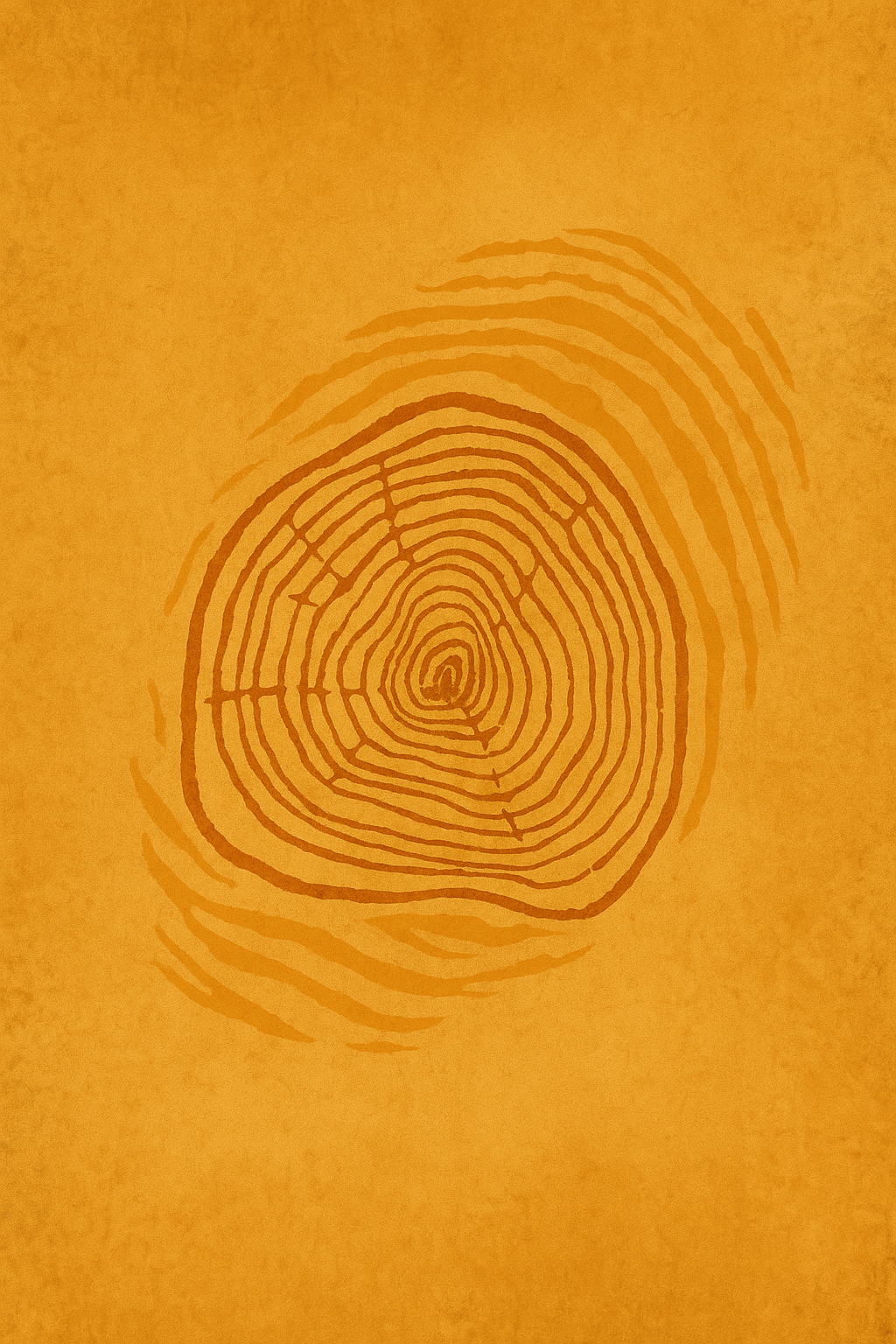Think of a transformational coaching session like riding a bike
Working with the emerging future in Body-Oriented coaching.
By Sam Taylor
Instead of trying to calculate the perfect angle to take on the bike before setting out, the rider (your client) hops on the bike straight away, starts with an angle that feels about right, and then keeps adjusting to get to the destination. This is the natural way that change happens.
Clients that work this way, staying open and aware while making many consecutive small steps towards their goals, often progress much faster and much more smoothly. One of the reasons this approach may work best is that here the vision becomes a viscerally felt experience in the present moment.
New approaches to organisational strategy - and by extension coaching - are emerging. In his pioneering book Reinventing Organisations, Frederic Laloux describes the company FAVI’s approach as a more useful alternative that combines setting a very long-term outcome with taking actions that are rooted as close to the present moment as possible:
“FAVI believes we should think like farmers: look 20 years ahead, and plan only for the next day. One must look far out to decide which fruit trees to plant or which crops to grow. But it makes no sense to plan at the beginning of the year the precise date for harvest. As hard as we try, we cannot control the weather, the crops, the soil; they all have a life of their own beyond our control. A farmer who would stick rigidly to plan, instead of sensing and adjusting to reality, would quickly grow hungry.”
In similar fashion, the model recommended by the founder of the innovative organisational model Holacracy Brian Robertson is for us to operate more like the way we actually ride a bicycle, using a dynamic steering paradigm.
“Dynamic steering means constant adjustment in light of real feedback, which makes for a more organic and emergent path. If you watch even the most skilled cyclist, you’ll see a slight but constant weaving, as the rider constantly takes in sensory feedback about his present state and environment, and makes minor corrections to direction, speed, balance, and aerodynamics. Weaving arises because the rider maintains a dynamic equilibrium while moving forward, using rapid feedback to stay within the many constraints of the environment and equipment. Instead of wasting a lot of time and energy predicting exactly the “right” path in advance, he instead holds his purpose in mind, stays present in the moment, and finds the most natural way forward as he goes.”
In a coaching context, what this means is that we would do well to work with our clients to set a long-term vision, while supporting our clients to remain rooted in the present moment, pay attention to the opportunity all around them and start to take immediate resonant action.
Rather than being a place to get to - the vision becomes a place to come from
Clients remain connected to the felt sense of care, longing and purpose as they take their small steps.
Experts in change Peter Senge, Otto Scharmer et al explain precisely this in their book Presence:
“As the idea of vision has become popularized in recent years, its essential meaning has often been lost. Visions are not lofty sentiments or inspiring phrases; they’re practical tools. In the simplest sense, a vision is simply an image of what we’re seeking to create. The power of some visions over others comes from their source, not their sentiment—and from our ability to continually reconnect with that source. Visions that have power are expressions of deep purposefulness, acted upon in the present moment.”
Our approach in Body-oriented Coaching
This is very resonant with the approach we take at The Somatic School in Body-oriented Coaching. Rather than guiding our clients to paint a picture of their preferred future from a disembodied, cognitive place, we believe that the most effective visions are those that generate a deep felt sense of motivation and purpose in the present moment. When visions feel alive and embodied right here, right now, we know that they are sustainably purposeful.
From this place of self-connection and wholeness with our experience, the resonant next steps often reveal themselves quickly. As with the dynamic steering paradigm, two things are simultaneously possible: we can take action; and we can stay present and aware of life as it is currently unfolding. As a result, the vision remains alive. It continues to evolve and sustain itself.
All of this is also consistent with the latest neuroscience. A set of emotional, hormonal, and neurological processes underlie what happens when a person makes sustained change that’s driven by a true inner desire. A significant amount of research in this space (see Helping People Change by Richard Boyatzis et al) suggests that surfacing what someone most wants puts them in a state that’s more open to learning, hopeful and emotionally engaged.
This is what makes for the impact of this new approach to visioning. As coaches, we use the Embodied Visioning process to elicit:
1) the experience of mindfulness
2) the demonstration of compassion
3) the arousal of hope.
We close the process through the development of a somatic practice. This makes the vision alive in the present, and an impactful starting point from which to take resonant, repeated action. It’s a bit like riding a bike.













